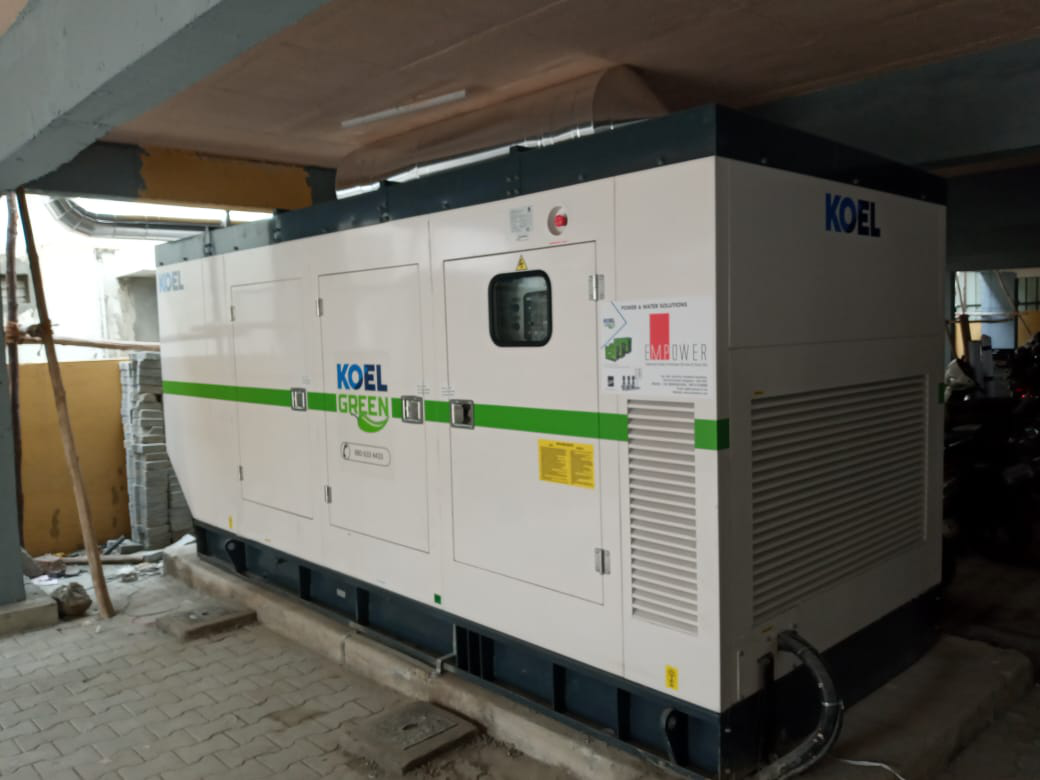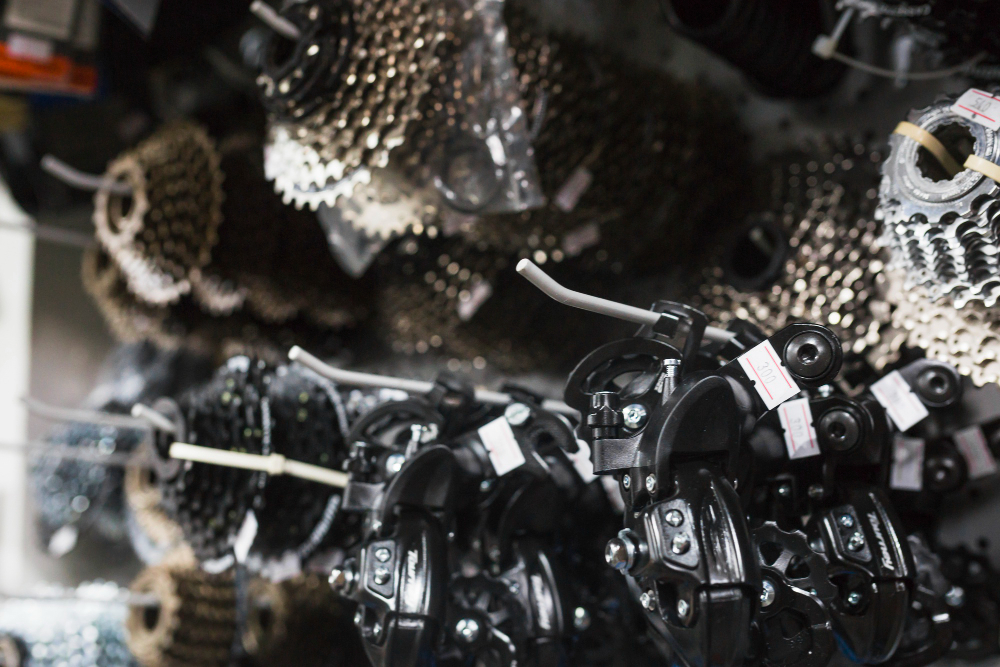Understanding Auto Sound Deadening Foam
Driving should be a smooth and enjoyable experience, but road noise, vibrations, and rattles can make it less than pleasant. Auto sound deadening foam is designed to address these issues by absorbing and reducing unwanted noise inside a vehicle. This specialized foam is engineered to enhance the overall acoustic environment, allowing drivers and passengers to enjoy clearer conversations, better music quality, and a more comfortable ride.
Unlike traditional soundproofing materials, auto sound deadening foam is lightweight and flexible, making it easy to install in different areas of a vehicle. From the doors and floor to the roof and trunk, this foam provides a layer of insulation that minimizes external sounds and interior echoes. It works by disrupting sound waves and preventing them from bouncing around the vehicle’s interior.
How Auto Sound Deadening Foam Works
Auto sound deadening foam operates by using its porous structure to absorb sound waves. When vibrations from the road, engine, or wind enter the vehicle, they collide with the foam’s surface. Instead of reflecting the noise back into the cabin, the foam dissipates it by converting sound energy into heat. This process significantly reduces the impact of external noise on the interior environment.
The foam is often made from specialized materials such as open-cell polyurethane, which is known for its superior noise absorption properties. Some types of sound deadening foam also feature adhesive backings, making installation more convenient. By applying the foam in strategic locations, vehicle owners can dramatically reduce cabin noise and create a quieter driving experience.
Benefits of Using Auto Sound Deadening Foam
One of the primary benefits of auto sound deadening foam is its ability to enhance overall driving comfort. Excessive road noise can lead to driver fatigue, making long trips exhausting. With soundproofing foam in place, noise levels drop, resulting in a more relaxing atmosphere for both the driver and passengers.
Another advantage is improved audio quality. Many car audio enthusiasts use sound deadening foam to eliminate unwanted vibrations and echoes that can distort music playback. By reducing these disruptions, the foam allows for clearer and more immersive sound.
In addition to noise reduction, auto sound deadening foam can also provide thermal insulation. Vehicles often experience extreme temperature fluctuations, especially in hot summers or cold winters. The foam acts as an insulating barrier, helping to regulate interior temperatures and improve overall energy efficiency.
Where to Install Auto Sound Deadening Foam
For maximum effectiveness, auto sound deadening foam should be installed in key areas of the vehicle where noise and vibrations are most prominent. The doors are a common installation point, as they are thin and prone to allowing road noise inside. By adding foam inside the door panels, drivers can significantly reduce outside sounds from entering the cabin.
The floor is another crucial area, as it is in direct contact with road vibrations. Applying foam beneath the carpet or floor mats can prevent these vibrations from traveling into the interior. Similarly, installing foam in the roof helps block wind noise, while applying it to the trunk can minimize rattling caused by subwoofers or loose components.
Choosing the Right Auto Sound Deadening Foam
When selecting auto sound deadening foam, it’s essential to consider factors such as thickness, density, and adhesive properties. Thicker foam tends to offer better noise absorption, but it may also require more space for installation. High-density foam is ideal for blocking low-frequency noises, such as engine hums and road rumbles.
Some foams come with built-in adhesive layers, making them easier to install without additional tools. Others may require special adhesives or fasteners for secure placement. It’s also important to choose a foam that is resistant to moisture and heat, ensuring durability and longevity in various weather conditions.
Conclusion
Auto sound deadening foam is an effective solution for reducing noise, improving sound quality, and enhancing driving comfort. By absorbing sound waves and minimizing vibrations, this foam transforms a noisy vehicle interior into a peaceful and enjoyable space. With proper installation in key areas, drivers can experience a significant reduction in unwanted noise while benefiting from improved insulation and audio clarity. Whether you’re a daily commuter or an audiophile looking to perfect your sound system, investing in quality auto sound deadening foam can make a noticeable difference in your vehicle’s overall performance.


